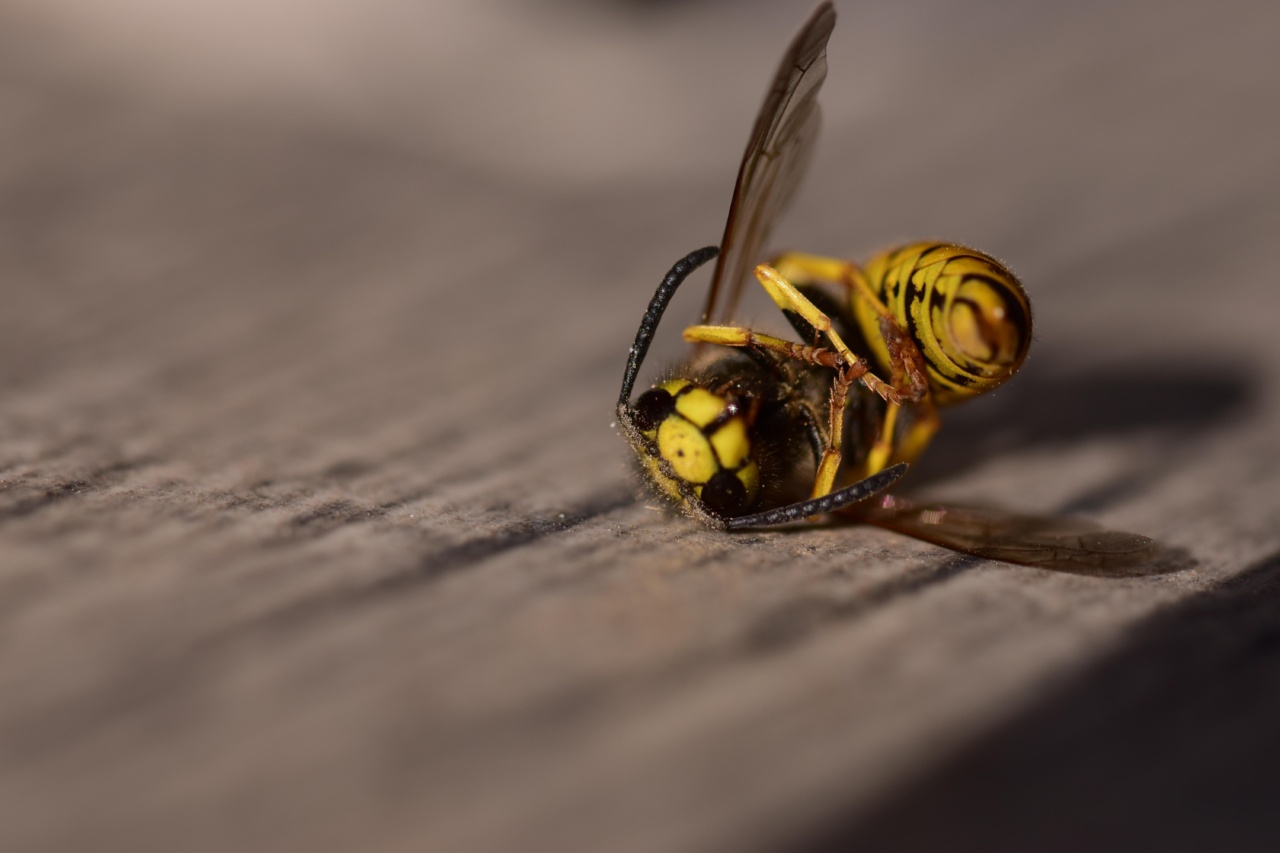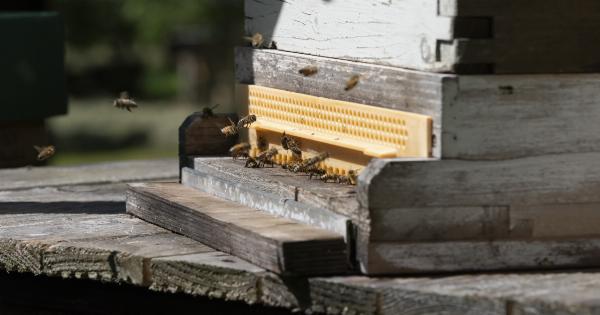Wasp, bee, and scorpion stings can be painful and dangerous. These insects can be found in your house or garden, and their stings can cause serious allergic reactions.
If you happen to find one of these insects dead, it’s best to handle it safely and dispose of it properly. In this article, we will discuss what to do with a dead wasp, bee, or scorpion.
Identifying Wasps, Bees, and Scorpions
Before we dive into how to dispose of these insects, it’s important to know how to identify them. Wasps have slender bodies with narrow waists and can range in color from black to yellow.
Bees are similar in appearance to wasps, but they are furry and usually have a rounder body shape. Scorpions have a long body with a curled tail and pincers at the front of their body.
Why You Should Be Careful Handling Dead Insects
Handling dead insects can be risky because they can still sting you even after they have died. Their stingers can remain active for up to several days, and their venom is still toxic.
Therefore, it’s important to handle them with caution to prevent being stung.
How to Safely Remove Dead Wasps, Bees, and Scorpions
If you come across a dead wasp, bee, or scorpion, follow these steps to dispose of it safely:.
Step 1: Protect Yourself
Wear protective gloves and clothing to avoid direct contact with the insect. This will reduce the chances of being stung in case the stinger is still active.
It is also recommended to wear a mask when dealing with dead insects to prevent inhaling any possible venom.
Step 2: Use a Tool to Pick Up the Insect
Use a tool such as tweezers or a piece of paper to pick up the insect. Do not use your bare hands. This will reduce the risk of being stung by the insect or accidentally squashing it, which may release toxins.
Step 3: Dispose of the Insect Safely
Place the dead insect in a sealed bag or container. This will prevent other insects from being attracted to it and reduce the risk of any remaining venom from spreading.
You can also dispose of the insect in a secure outdoor bin to prevent pests from getting into your home.
Alternative Methods of Disposal
If you prefer a natural way of disposing of the dead wasp, bee, or scorpion, you can bury it in your garden. This will help return the insect to the soil, and also prevent other insects from being attracted to the dead body.
However, be sure to dig a deep enough hole to prevent other animals from digging it up.
Conclusion
Dead wasps, bees, and scorpions should be handled with care to avoid stings and prevent the spread of their toxic venom.
By following the safe disposal steps, you can help to keep your home and garden free of pests and ensure that the insects are disposed of in a responsible and safe manner.































